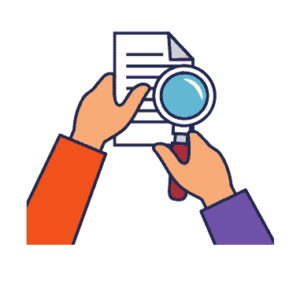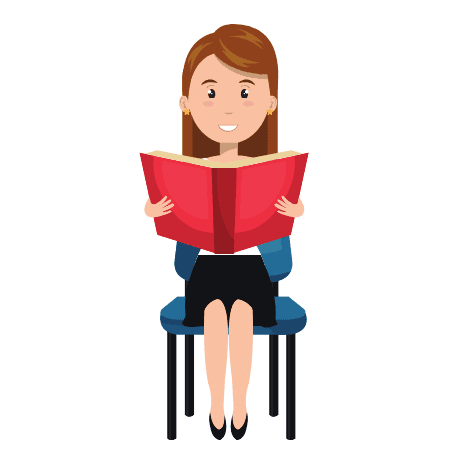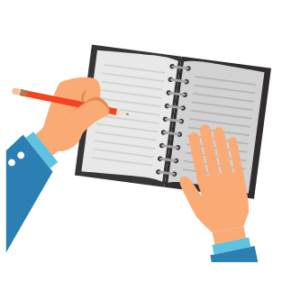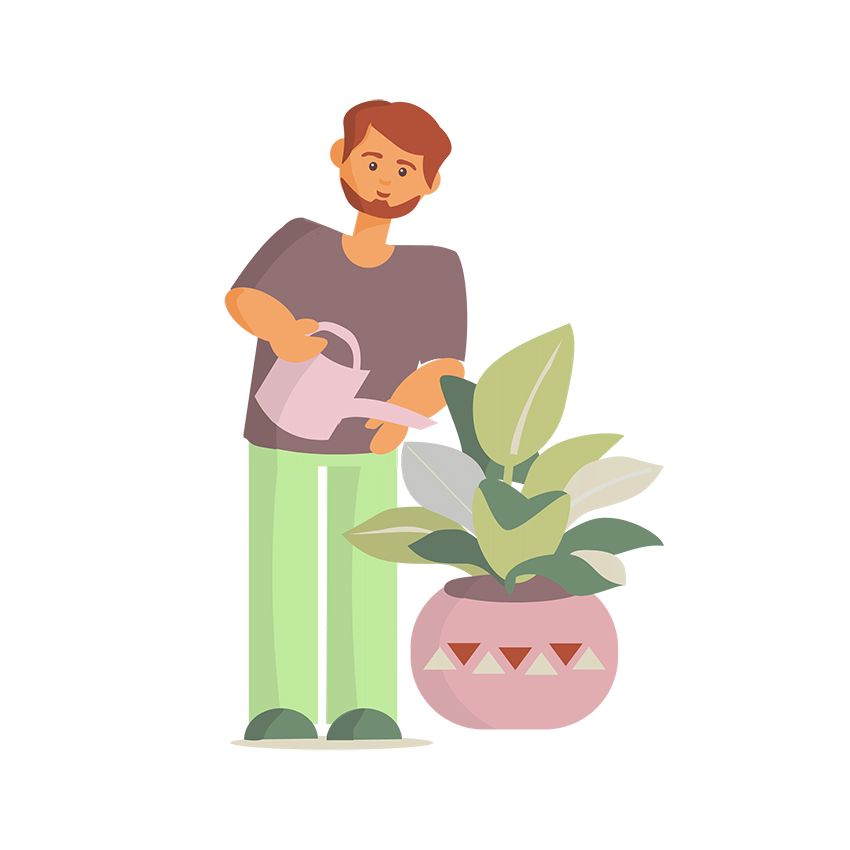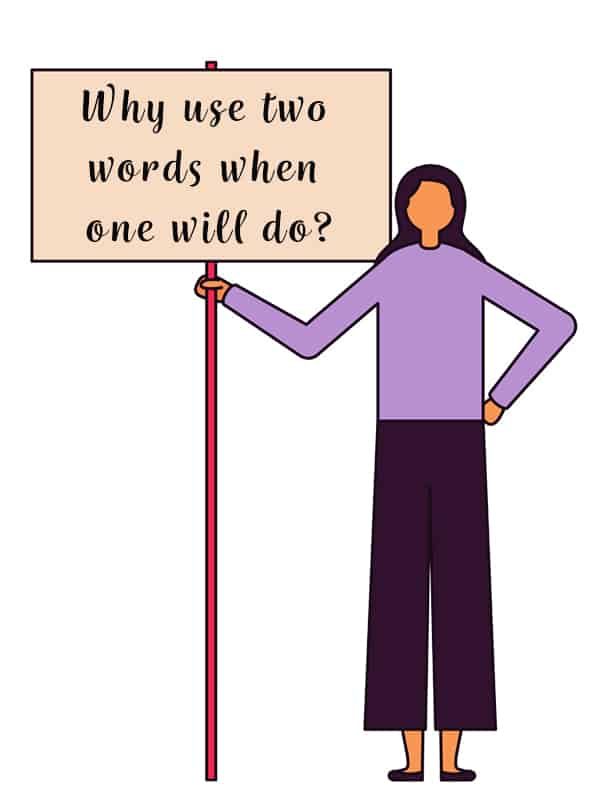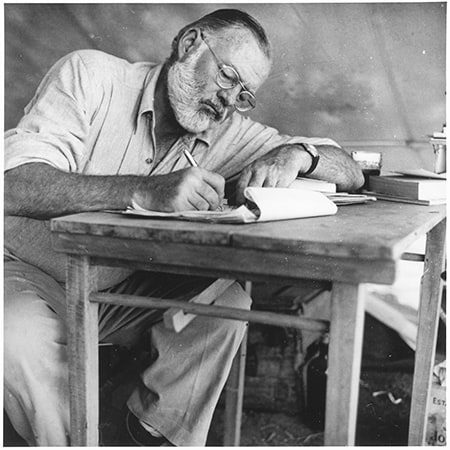Slow travel writing tips and examples
✻ By Sharon Lapkin
Slow travel focuses on making genuine connections. On first-hand interactions with local people and learning about their traditions and culture.
It’s about taking a back seat, finding offbeat treasures and listening to local stories.
Travel readers love storytellers who reveal their sense of humanity and who aren’t afraid to express their feelings.
Readers want deep-dive knowledge about the places they’re visiting.
They want a writer who can evaluate the environment and provide authentic advice about questions they haven’t considered yet.
New York Times contributor and seasoned travel writer Tim Neville explained quality travel writing like this:

‘You need facts, and lots of really captivating ones, but the best travel writing also includes some subtle statement about who we are as humans, and how to make the most of the precious time we have on this great big earth.’
The following slow travel writing tips and examples will help you identify your readers’ needs and deliver the information and inspiration they’re looking for.
Before you write a word ask yourself these questions
Why is this place worth visiting?
What happens when you do visit?
Is something at stake?
Can I see conflict?
Is there dialogue with locals I can incorporate?

Leave a subtle nod to something bigger than travel
The story doesn’t need to revolve around an earth-shattering event.
It could be a simple adventure, such as finding a historic library among the cobblestone laneways of Rome. A perfect opportunity to take your readers on a journey.
As Neville reminds us, ‘By the end, I want to be left with a subtle nod to something bigger than just travel.’
Slow travel writing should also reflect changes occurring in the travel industry – both from the perspective of the destination and that of the traveller.
If you haven’t chatted to the locals, there’s little point attempting to write authoritatively about a travel destination.
And even less point if you haven’t researched the demographic you’re writing for, or identified your niche readership.
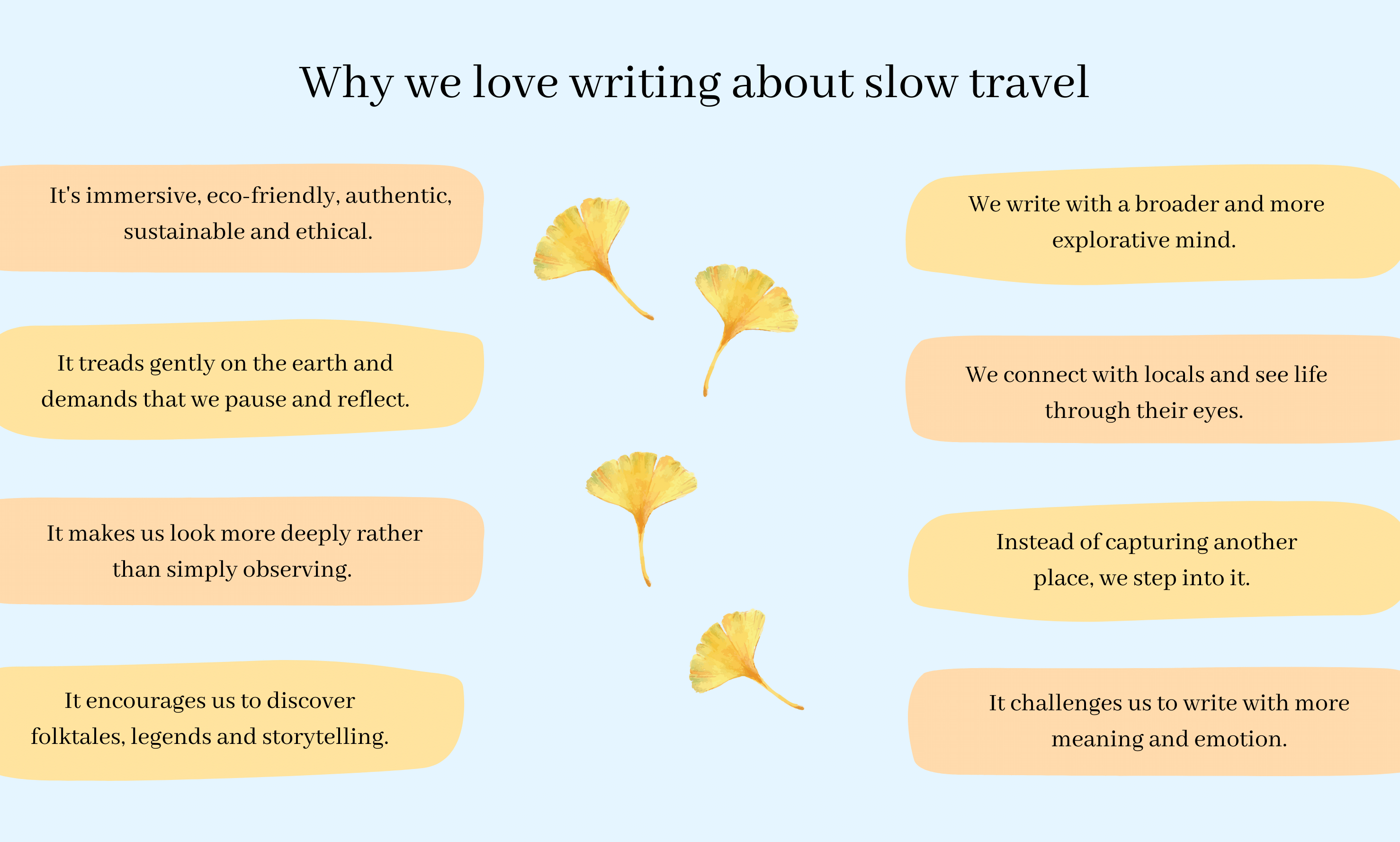
The following slow travel writing tips and examples should help you write authentic, compelling stories about the places you visit.
Dig a little deeper
Mont Saint-Michel, in France, is visited by more than 2.5 million tourists annually.
How do you explore this magnificent place without being trampled by other tourists?
Can you find more meaningful experiences to share in print?

The answer is an overnight stay. Book early and you can reserve a room in one of the small hotels or B&Bs. This will give you time to explore the landscape and talk to locals. It’s an unforgettable experience and only a handful of other visitors will be joining you.
Look to locals for the real stories
The authorities in Venice have recently started charging day visitors a new tax that’s aimed at reducing the number of day travellers descending on the fragile city.
But look closer and you’ll find a local group, Venezia Autentica, that’s coaxing tourists away from the crowded piazzas. Instead, they’re offering tours and experiences with local guides and artisans.
The group offers tourists authentic cultural experiences that support the local community and ‘positively impact the city’.
Of my slow travel writing tips, this is the most important. Peel away the tourism industry veneer and look for meaningful experiences and hidden treasures to write about.
Many travellers are yearning for authentic travel experiences, and a lot of locals in tourist destinations want visitors to have genuine interactions with the local community.
Search for gems in the back streets
Pont Chiodo is the only bridge left in Venice without a parapet (handrail).
Once upon a time none of Venice’s bridges had parapets. This little treasure is all that’s left.
There is one other bridge without a parapet on the island of Torcello in the Venetian Lagoon.

It’s known as Devil’s Bridge or Pont del Diavolo.
It has a tragic folktale attached to it, which you can check out via the link.
Don’t overlook these gems in the backstreets and focus on local stories and history in your research and writing.
Explore local myths and stories
Another example of locals taking action against mass tourism is in the Cinque Terre. There you’ll find a UNESCO-sponsored youth program that’s helping to restore the decaying terraces and stonewalls. For centuries, these walls supported the vertical farming of lemons, apples and vineyards along the rugged coastline.

If you research the Cinque Terre online, you’ll find multiple references to the desperate measures being considered to restrict tourism – again because of overcrowding.
So what do you do as a slow travel writer? It’s easy. You consider the jewels strewn among the backstreets.
You search for local stories and for travel experiences that will involve your readers in the culture and history of the place.
Consider writing about the Jewish Ghetto in Carneggrio in Venice (the first ghetto in Europe), instead of more famous and overcrowded places of interest such as the Rialto Bridge and Doge’s Palace.
Find one of Florence's best-kept secrets
In Florence, write about the Laurentian Library, which was designed by Michelangelo, instead of marvelling at David in the Accademia Gallery after long hours in the queue outside.
The Architectural Digest describes Michelangelo’s Laurentian Library in Florence as ‘a revolutionary and rarely crowded masterpiece’.
Designed by Michelangelo and constructed in the 1500s, it houses the most important collection of antique books and manuscripts in Italy.
From the freestanding grey stone staircase to the pew-like rows of reading benches, it’s an astounding achievement.
The Laurentian Library is less than a kilometre from Michelangelo’s David and yet it’s relatively unknown to tourists.
The little-known jewels are there to be found
The word ‘ghetto’ is derived from the Jewish Ghetto in Venice, which was instituted in 1516. Known as ‘Campo del Ghetto’ it has an ancient and difficult history marked by tragedy and persecution.
While the ghetto is of tremendous historical significance, along with its five synagogues and world-class museum, tourists are often completely unaware of the existence of this important place.
In Milan, instead of sending readers to get trampled in the crowd at Galleria Vittorio Emanuele II, send them to Bosco Verticale. There they’ll find high-rise residential buildings almost completely covered in trees and plants.
Or, rather than encouraging readers to join the queue at the Milan Cathedral, inspire them to pop around the corner and climb the 250 steps up the staircase to its roof. It’s almost half the price of the elevator and twice the fun.
Walking on the cathedral rooftop with more than 3,400 marble spires, statues and gargoyles will blow their socks off.
Slow travel writing is about honouring the place you’re visiting and writing about it with respect and anthenticity.
Find a secret garden in central Milan
Go on a treasure hunt and find the Botanical Garden of Brera hidden away in the centre of Milan. You’ll find it through a small gate at the end of an unassuming street.
There often isn’t a tourist in sight and you may find yourself walking around with a few friendly locals.

Created by Maria Theresa of Austria in 1774, the garden contains two gingko biloba trees that were planted in 1786. (Ginkos are the world’s oldest living trees dating back 250 million years.)
The garden was also used by apothecaries and doctors to study botany and, according to legend, Mozart once walked around this secret little garden. Perhaps he was composing the Magic Flute as he walked among the hydrangea.
Are you enjoying these slow travel writing tips and examples? Keep reading for more tips at the end.
Think and walk outside the square
Think laterally and dig deeper to avoid the overcrowded main attractions.
Instead of waiting in line for hours to see the interior of the Milan Cathedral send your readers off on an adventure.
Show them how to climb the staircase up to the roof. It took 600 years to build the magnificent Duomo di Milano and the workmanship on the roof is worth the climb.
In an interview with the BBC, the inimitable Paul Theroux spoke about the importance of travelling and writing, and he summed it up with this quintessential quote:
‘Travel in an uncertain world … has never seemed to me more essential, of greater importance or more enlightening.’
The art of slow travel and how to make a living from it
Backpacker Steve (2017). The art of slow travel – Gareth Leonard (A life of travel, Ep3).
13 slow travel writing tips to help you shine the light
1.
Write in first person and past tense.
2.
Identify your reading audience and pitch specifically to them. When you’ve defined your niche stay with it.
3.
Plot out your travel story, and have a clear narrative that links the beginning to the end. It should never read like an itinerary, or a series of unconnected facts or thoughts.
4.
Don’t tarry about getting to where you are in the world and where your story is set. Your reader will want to know if your story is relevant to them before investing too much time reading.
5.
Avoid travel clichés. Be imaginative and make up your own quirky turns of phrase. Also be open to travel writing tips from other writers.
6.
Use emotion. How did the trip affect you or change your worldview?
7.
Detail is crucial. Remember what you leave out is as important as what you include.
8.
Don’t use words like ‘superb’, ‘stunning’, beautiful’ or ‘breathtaking’. Use a synonym finder and find interesting more imaginative substitutes.
9.
Show, don’t tell. This rule applies to any type of writing, but more so in travel writing. Don’t tell your readers what to think. A good idea is to imagine you’re describing things to a person living with blindness.
10.
Practise using all your senses when you’re taking notes at your travel destination – smell, taste, sound, touch and sight. This will help you describe things better in your writing.
11.
Include meaningful quotes and anecdotes from locals. This will add colour and context to your story. Take care to quote exactly and spell names accurately. Don’t run off without jotting down their contact details.
12.
Always check your facts. This is very important. Verify things people tell you and follow up your own observations. Only use reputable websites for research and double check on a second reputable site.
13.
Invest in a good camera and learn some basic photography skills. It’s much easier to pitch a travel story when you have good-quality images to go with it. Remember, if you photograph people ask them to sign model releases; otherwise, the photo won’t be accepted for publication. You can find sample model releases here.
Slow travel writing tips are my job
When I write blog posts, I’m grateful for my years of experience as an editor and writer.
Working in a publishing house taught me how to massage content to fit on a page.
Writing and editing to an exact word count is a skill that isn’t easily learnt either. I picked that up as a newspaper subeditor.
When you’ve worked with words every day for more than 13, 14, 15 years (I’ve lost count), writing is second nature. Creating the perfect blog post is a challenge I love.
Before you go
If you’re after ways to improve your blog writing check out How to write a smashing blog post.
Stop right here if you want to know how to Have a slow travel experience.
And if you love ancient libraries you might like to read Searching for Rome’s oldest public library and The library Michelangelo designed in Florence.
About Sharon Lapkin
Sharon is a content writer and award-winning editor. After acquiring two masters degrees (one in education and one in editing and comms) she worked in the publishing industry for more than 12 years. A number of major publishing accomplishments came her way, including the eighth edition of Cookery the Australian Way (more than a million copies sold across its eight editions), before she moved into corporate publishing.
Sharon worked in senior roles in medical colleges and educational organisations until 2017. Then she left her role as editorial services manager for the corporate arm of a university and founded Textshop Content – a content writing and copyediting agency that provides services to Australia’s leading universities and companies.








